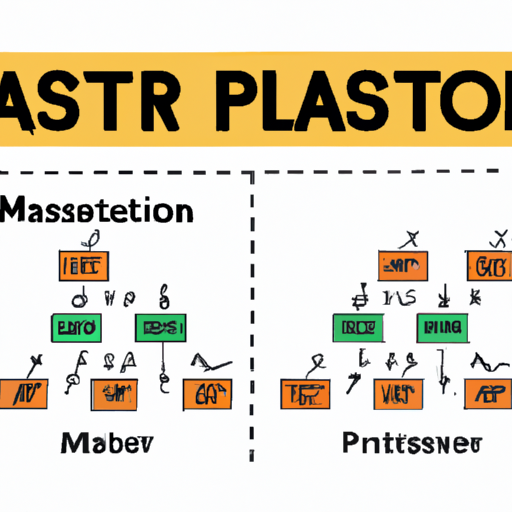
Prepositions play a crucial role in sentence construction, providing essential information about the relationship between different elements. However, for many students, prepositions can be a challenging aspect of language learning. Mastering prepositions is essential for students to write and speak fluently in English. In this article, we will explore an effective lesson plan designed to help students grasp prepositions and use them correctly.
1. Understanding Prepositions
Before delving into the lesson plan, it is crucial to ensure students have a clear understanding of what prepositions are. Explain that prepositions are words that indicate relationships between nouns or pronouns and other words in a sentence. Reinforce this understanding with guided examples, encouraging students to identify prepositions in sentences.
2. Use Visual Aids
Visualization can significantly enhance students’ comprehension of prepositions. Utilize visual aids such as diagrams, pictures, or objects to demonstrate the various prepositions. For example, use a picture of a car parked next to a tree to teach the preposition “next to.” This approach enables students to form visual associations and reinforces their memory of prepositions.
3. Engage in Active Listening
Active listening exercises are vital for students to understand prepositions and their usage. Present audio clips or videos that contain prepositions, such as interviews, songs, or short dialogues. Ask students to listen carefully and identify the prepositions they hear. This activity sharpens their listening skills and increases their exposure to real-life language usage.
4. Contextualize Prepositions
Learning prepositions in isolation can be confusing for students. Instead, provide contextualized examples that demonstrate how prepositions are used in different scenarios. Create relevant sentences or dialogues that reflect everyday situations. For instance, “She lives in a house” or “He sat on a chair.” Students will grasp prepositions more effectively when they can relate them to familiar contexts.
5. Conduct Hands-on Activities
Hands-on activities encourage active learning and allow students to practice using prepositions. Organize exercises such as a preposition scavenger hunt, where students have to search for objects in the classroom and describe their locations using appropriate prepositions. This interactive approach enhances their understanding and helps consolidate their knowledge of prepositions.
6. Use Technology and Online Resources
Incorporating technology can greatly enhance the effectiveness of preposition lessons. Utilize interactive websites, educational apps, or online quizzes specifically designed to practice preposition usage. These resources provide additional reinforcement and engage students in a fun and interactive manner.
7. Peer Discussions
Encourage peer discussions and group activities to reinforce preposition usage. Divide students into small groups and provide them with prompts related to prepositions. For example, ask them to create a dialogue incorporating prepositions. This collaborative approach promotes active engagement and stimulates critical thinking.
8. Error Correction and Feedback
Regular error correction is crucial for students to improve their preposition usage. Provide them with written exercises that they need to complete, review their work, and offer constructive feedback. Focusing on common mistakes will help students overcome specific challenges and enhance their overall understanding of prepositions.
9. Review and Reinforce
Periodic review sessions are essential to reinforce students’ comprehension of prepositions. Regularly conduct short quizzes or games that assess their understanding and retention of prepositions. Review any misconceptions and address any persistent issues. Encourage students to practice using prepositions in their daily conversations and written work.
Conclusion
Mastering prepositions is integral to becoming proficient in English. Implementing an effective lesson plan for prepositions, encompassing visual aids, active listening, contextualization, hands-on activities, technology, peer discussions, error correction, and regular review, helps students grasp prepositions more effectively. By providing a solid foundation in prepositions, students will be empowered to express themselves accurately and confidently in spoken and written English.


















